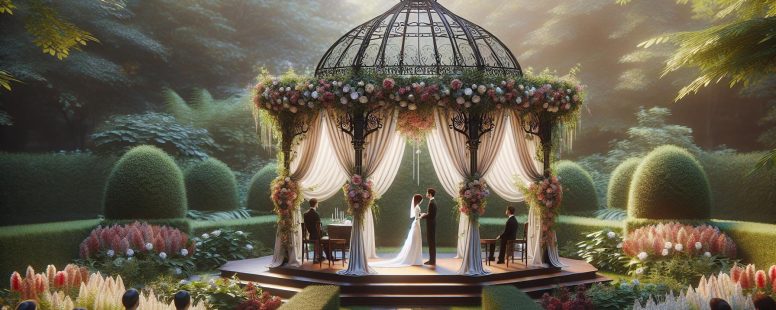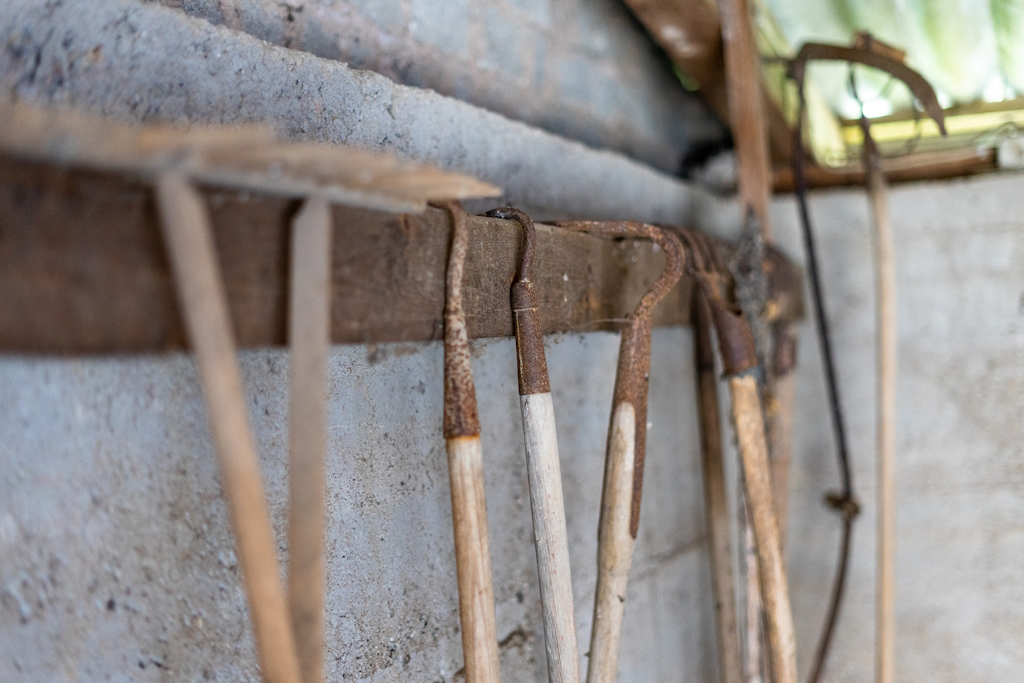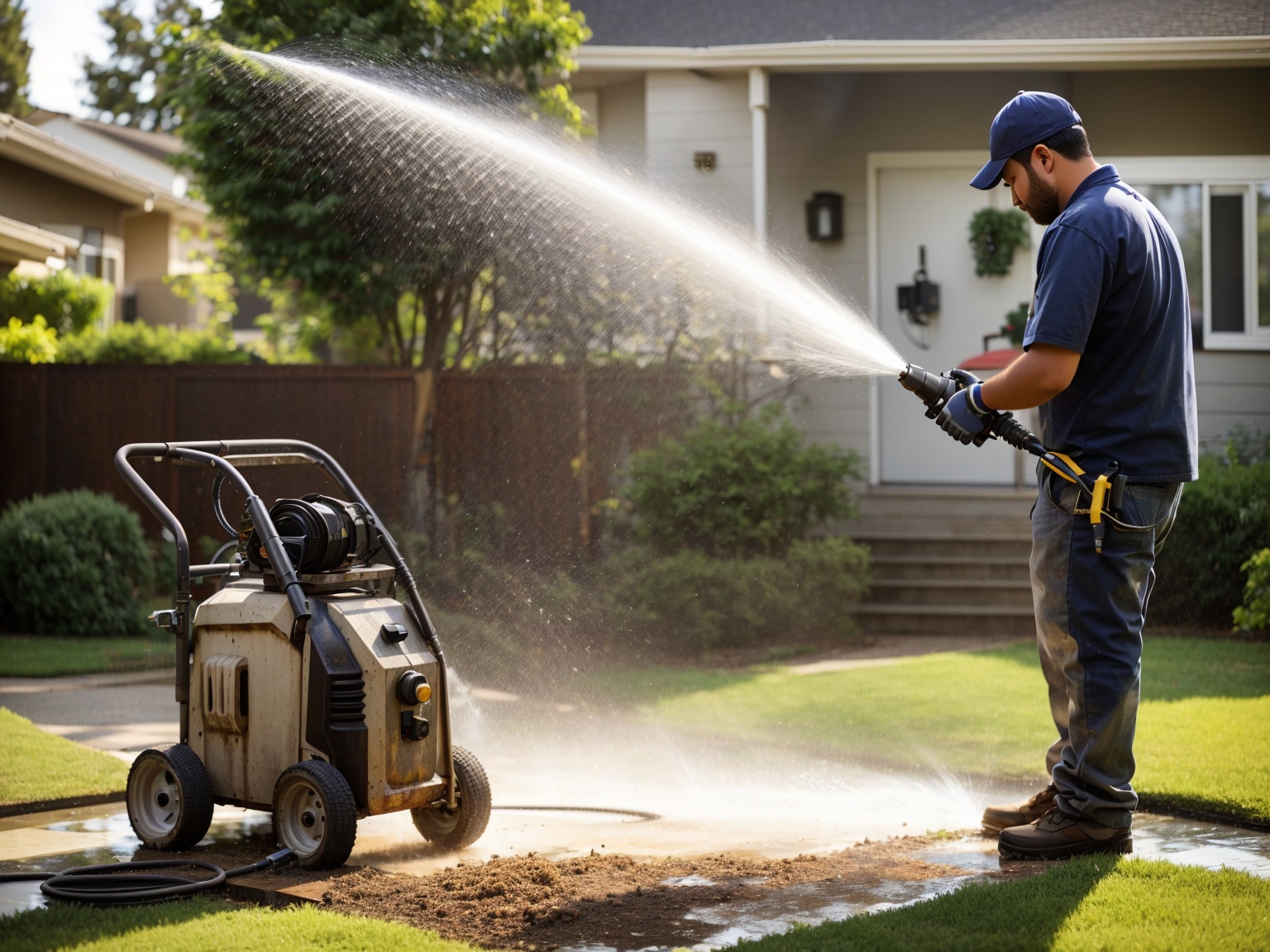Transforming a Gazebo into a Chuppah: Exploring the Possibilities for Jewish Weddings
Ever wondered if a gazebo could serve as a chuppah? You’re not alone. Many are intrigued by the idea of repurposing their garden’s focal point into an emblematic structure for Jewish wedding ceremonies. It’s no secret that gazebos and chuppahs share similar features, but can one truly replace the other?
Understanding What a Chuppah Is
A chuppah holds significant meaning in Jewish wedding ceremonies. It’s not just an object; it’s deeply rooted in tradition and symbolism.
The Historical Significance of a Chuppah
The chuppah, also known as the bridal canopy, is steeped in rich historical significance. Dating back to ancient times, this structure served as the ceremonial centerpiece for Jewish weddings. Constructed from cloth or sheet supported by four poles, its design was symbolic of hospitality shown by Abraham and Sarah—the first tent dwellers—in Biblical history.
Consider these essential facts about its historical relevance:
| Fact | Description |
|---|---|
| Ancient Rituals: | The practice traces back centuries to biblical times when grooms would escort brides into their homes under similar canopies. |
| Symbolic Meaning: | It represents God’s protective presence over married couples. |
Chuppah: More Than Just a Physical Structure
While physically being just cloth or sheet held up on four corners—sometimes adorned with flowers—it transcends beyond that simplicity at heart symbolizing more than what meets your eye initially:
- Home: The chuppah embodies the home newlyweds will build together post marriage,
- Sanctity & Protection: Its open sides represent openness towards guests while providing protection like God did during Exodus shielding Israelites,
- Marital Obligations: Being devoid of furniture implies responsibilities lying primarily on people rather than materialistic possessions inside,
What Is a Gazebo?
A gazebo, typically found in parks and gardens, stands as an open-sided structure providing shelter, shade and aesthetic appeal. This freestanding pavilion often becomes the focal point of outdoor spaces due to its decorative design.
Different Styles of Gazebos
Gazebos come in various styles; each brings unique charm that enhances your garden’s overall look. For instance:
- Pavilion gazebos: They are large structures designed for hosting events or gatherings like weddings.
- Victorian-style gazebos: These boast intricate designs reminiscent of 19th-century architecture.
- Pergola-styled gazebos: With their lattice roofs, they allow sunlight while offering partial shade.
4.Pop-up portable gazebos: You’ll find these easy-to-assemble options perfect for temporary use at fairs or backyard parties.
Each style caters to specific needs – be it creating space for socializing or adding ornamental flair to landscapes.
Role of Gazebos in Different Cultures
Culturally speaking, a gazebo’s role extends beyond aesthetics – it embodies tradition across diverse cultures worldwide too!
In Asian culture–especially China & Japan–gazebow-like structures known as pagodas hold religious significance alongside serving recreational purposes at tea ceremonies.
Western countries primarily view them as ornamental additions enhancing world beauty where people can relax and appreciate nature around them without direct sun exposure interference on sunny days—perfect spots for picnics with family!
Can a Gazebo Serve as a Chuppah?
In this section, you’ll explore the practicality and feasibility of using a gazebo in place of traditional chuppahs. You will investigate into what makes up these two distinct structures, analyzing their basic requirements and structural characteristics.
Analyzing the Basic Requirements of a Chuppah
Understanding the fundamental components that constitute a valid chuppah is crucial for assessing whether or not your gazebo can fit within those parameters. Essentially, there are three core elements:
- Covering: A key feature that defines any legitimate chuppah is its cover – typically composed of cloth or fabric (like silk), it symbolizes divine protection over married couples.
- Support Poles: To hold up the canopy-like structure above ground level requires four support poles at each corner.
- Open Sides: The sides should be open to represent hospitality; an important value rooted deep within Jewish tradition.
Remember, beyond physical construction specifications lies deeper symbolism tied with marital obligations rather than material possessions.
Examining the Structure of a Gazebo as a Chuppah
After understanding what constitutes essential features in making-up true-to-tradition Jewish wedding huppa’s structure let’s analyze if gazebos could meet such criteria:
- Covering – Gazebos usually come fitted with some sort of covering often made from durable materials like wood or metal instead typical cloth used on Huppot but remember actual substance isn’t definitive factor here.
- Support Poles – Standard designs incorporate sturdy posts acting just like required supports found traditional counterparts so they check off second criterion nicely indeed!
*Open Sides- Well-known characteristic most garden pavilions happen offer perfect mimicry third requirement—open inviting spaces people gather around observe proceedings unfold beneath them thereby adding another positive point favor possibility transforming popular outdoor decoration ceremonial construct!
This examination shows potential viability turning regular old gazebo into something more meaningful—perhaps next time planning event outdoors, you’ll see that structure sitting back garden entirely new light.
The Pros and Cons of Using a Gazebo as a Chuppah
After understanding the historical significance, structural elements, and cultural representations of both chuppahs and gazebos, let’s investigate into evaluating the advantages and potential drawbacks associated with using a gazebo in place of traditional chuppahs.
Advantages of a Gazebo as a Chuppah
- Pre-existing Structure: A pre-built gazebo offers convenience by already providing sturdy support poles necessary for any valid chuppa (Genesis 18:1). Also, its durable covering often surpasses makeshift canopies’ resistance to weather conditions.
- Versatility: Gazebos come in numerous styles – Victorian or pergola-styled designs among others (Pagodas: History & Design), offering an aesthetic versatility that you might not find with standard wedding arch rentals.
- Aesthetic Appeal: Beyond functionally serving as protective structures from outdoor elements such as sun rays or raindrops during your ceremony, they also add considerable charm to garden settings due their decorative nature (Western Garden Decor).
- Open Sides Feature : Like traditional Jewish ceremonial shelters used since ancient times like Abraham’s tent which welcomed guests on all sides(Genesis 21:33), most gazebos have open sides representing hospitality crucially required for symbolizing divine protection at weddings.
Potential Drawbacks of a Gazebo as a Chuppah
It’s equally important to discuss some possible limitations when opting for this alternative:
- Size Restrictions: While size isn’t specified within Jewish law about chuppa dimensions(Talmud Ketubot 10b-11a) , many commercial gazebos may exceed suitable proportions potentially hindering intimate ambiance sought after at wedding ceremonies.
2..Lack Of Mobility: Many fixed structure types present challenges if repositioning is necessary for the ceremony’s best view or sunlight avoidance.
- Cultural Significance: Though gazebos serve as relaxing spots in western countries (Western Garden Decor), they lack inherent religious significance within Jewish tradition, which could lessen the spiritual aspect of your wedding.
4.Customization Limits: Gazebos may limit opportunities for personalizing decorations to embody unique elements of couples’ love story and individual tastes compared with flexible chuppah designs where custom drapes, flowers, or heirloom fabrics can be used(Talmud Ketubot 17a).
Balancing these pros and cons allows you to make an well-informed choice about using a gazebo as a substitute chuppa ensuring it aligns not only with practical needs but also resonates deeply on your special day marking beginning of shared life journey under God’s protective shelter.
Customizing a Gazebo to be a Chuppah
Let’s investigate into how you can convert your gazebo into an authentic chuppah. The process requires both careful planning and tasteful decoration, with attention given to maintaining the symbolic elements that define traditional Jewish weddings.
Tips for Decorating Gazebos
When it comes to decorating gazebos as chuppahs, consider incorporating materials like silk or satin drapes. These fabrics add elegance while also serving practical purposes such as providing shade and privacy during the ceremony.
Adorn your gazebo with florals—roses, peonies, lilies—for natural beauty. Not only do these flowers provide aesthetic appeal but they also bring in fragrance enhancing the overall atmosphere of your wedding event.
Also lighting plays a crucial role too; String lights or lanterns create magical twilight ambience especially if ceremonies extend towards evening hours.
Finally think about personal touches – incorporate family heirlooms or items significant to couple’s history together on side tables around perimeter of gazebo-chuppah – giving guests something meaningful look at throughout event while adding uniqueness this special structure.
Making a Gazebo More Authentic as a Chuppah
To make gazebos resemble traditional chupphas more closely attach tallit (prayer shawl) top part covering entire roof area creating canopy-like effect just like original ones used ancient times symbolize God’s protection married couples underneath it.
Maintaining open sides is another key factor: It invites sense hospitality warmth inherent Jewish tradition respect newlyweds’ future home represented by their very own customised “gaze-boch”! You could place plants potted trees corners act metaphorical ‘pillars’ further reinforcing symbolism sacred space.
And finally why not involve Rabbi officiating marriage? They might have additional insights suggestions help maintain authenticity accordance cultural religious norms ensuring even though unconventional setting still retains spiritual significance imbued within every chuppah.
Challenges and Solutions When Using a Gazebo as a Chuppah
While turning your gazebo into an authentic chuppah presents unique challenges, viable solutions abound. This section delves into these aspects with specific focus on weather considerations and cultural appropriateness.
Weather Considerations
Outdoor weddings have the charm of natural beauty but bring unpredictable elements like the weather. A gazebo provides shelter, yet you may face certain difficulties during adverse conditions such as heavy rain or strong wind.
For instance, gazebos offer overhead protection but their open sides leave room for rain to enter sideways. To address this challenge consider installing temporary side panels that can be pulled down if necessary – preserving both practicality and symbolism.
Strong winds pose another issue since decorations might not withstand gusts well even though secure attachments. One possible solution involves using heavier decoration materials less prone to wind disturbance while maintaining aesthetics; think sturdy lanterns instead of light paper ones!
Temperature control is also important in extreme climates where it gets too hot or cold outside even under shade provided by a gazebo’s roof coverings – here portable heaters/coolers come handy providing comfort without compromising structural integrity of your makeshift chuppah.
Ensuring Cultural Appropriateness
Cultural sensitivity plays an integral role when repurposing any structure into something religiously significant like a chuppah due its deep-rooted significance in Jewish tradition.
First off: Always consult with Rabbi before making modifications so they align within boundaries defined by Halakhic law ensuring authenticity isn’t compromised amidst creativity–after all there are three core requirements (overhead covering symbolizing divine presence/support poles indicating stability/open sides depicting hospitality) which mustn’t get lost amidst transformation process!
When decorating keep symbols relevant; for example use floral arrangements associated traditionally with Judaism rather than generic flowers just because they look pretty adding meaning along aesthetic appeal! Also avoid over-the-top decorations which might overshadow actual purpose of chuppah i.e. representing a new home that couple will build together post-wedding.
Real-Life Examples of Gazebos Used as Chuppahs
With the prior knowledge on gazebos, chuppahs and their cultural significance in mind, let’s investigate into real-world examples where a gazebo has served as a chuppah.
The Garden Wedding at Beth Jacob Congregation
One such instance took place during an outdoor wedding ceremony at the historic Beth Jacob Congregation. A Victorian-style gazebo adorned with white drapes, beautiful floral arrangements lining its sturdy pillars was transformed into a picturesque chuppah. It wasn’t just aesthetically pleasing but also complied with traditional Jewish law: it had four open sides to symbolize hospitality while providing shelter overhead for divine protection.
Riverside Ceremony in Connecticut
In another example from Connecticut, USA – a couple opted for a waterfront setting for their wedding. They utilized an existing pergola-styled gazebo by adorning it with silk drapes that swayed gently along river breezes; so creating not only romantic ambiance but again meeting all criteria of being considered as valid Chuppa within Halakhic parameters.
Beachside Nuptials In Florida
Consider one more case wherein sunny beachside nuptials held down south in Miami saw pop-up portable Gazebo metamorphosing perfectly well into symbolic matrimonial canopy or ‘chuppah’. Adorned tastefully using local flowers combined subtly alongside delicate tulle curtains made up top covering that tick marked both aesthetic appeal & spiritual compliance boxes!
But remember this! Each transformation required careful planning including consultation from officiating Rabbi ensuring adherence to religious laws besides adding personal touches reflecting bride-groom’s unique style statement!
Conclusion
You’ve journeyed through the idea of using a gazebo as a chuppah, exploring their similarities and how they meet Jewish wedding traditions. The potential to transform your garden fixture into an essential part of your ceremony is compelling. While it may not be traditional, with careful customization that respects religious significance, you can create something truly unique for your special day.
Remember though – this decision isn’t just about practicality or aesthetics; it’s also about honoring age-old customs symbolizing divine protection, hospitality and future marital home-building. So weigh up those pros and cons carefully before deciding on whether a gazebo-chuppah is right for you.
To navigate challenges like weather issues or cultural appropriateness don’t forget to consult experts such as Rabbis who could offer invaluable guidance in preserving the sanctity of tradition while embracing change creatively.
So take inspiration from others who have successfully blended modern elegance with ancient rituals but remember: each couple’s needs are unique so make sure whatever route you choose aligns perfectly with yours!
- Decorating Your Backyard with Homemade Birdhouses: Creative Ideas to Attract Birds & Beautify Your Garden - October 3, 2025
- Creating Stepping Stones with Kids: A Fun Backyard Project for Family Bonding and Creativity - October 3, 2025
- Where Can I Sell Pottery Locally? Best Places and Tips for Selling Handmade Ceramics - October 3, 2025




